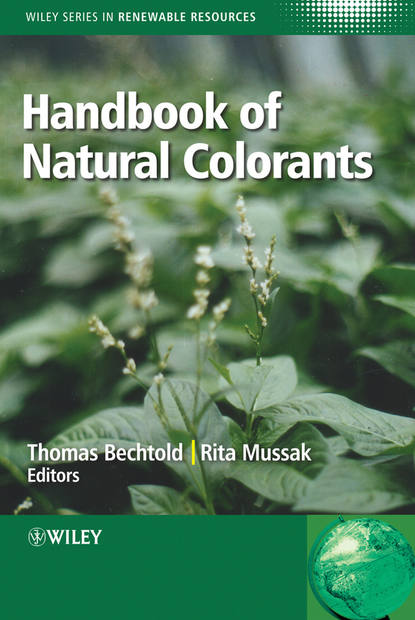
Handbook of Natural Colorants скачать fb2
Thomas Bechtold - Handbook of Natural Colorants краткое содержание
Concentration on renewable resources, sustainability and replacement of oil based products are driving forces to reassess the potential of natural resources including natural colorants. The growing consumer interest in purchasing “green” products, which exhibit an improved environmental profile, can be seen as the break-through force needed to reintroduce natural colorants into the modern markets. Written by scientists with specialised knowledge in the field, Handbook of Natural Colorants provides a unique source of information, summarising the present knowledge of natural colorants in depth. Supporting researchers in this emerging field of sustainable chemistry, it provides easy access to the theory and practice of natural colorants from different viewpoints, including agricultural, economic and legislative aspects. Topics covered include: History of coloration technology Present position of natural colorants Regional plant source availability Specific application techniques Chemical properties that professional dyers and chemists have to consider Agricultural sourcing of dyes with an emphasis on renewable resources Discussions on energy and material balance issues arising from the sourcing of materials Production aspects of colorants, leading on to the key applications Environmental and economic aspects Also included are the pros and cons of natural dyestuffs, presenting some promising results and evaluating the potential use of vegetable dyes as alternatives to chemical-based ones with a focus on green chemistry
Чтобы оставить свою оценку и/или комментарий, Вам нужно войти под своей учетной записью или зарегистрироваться



